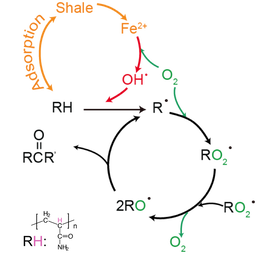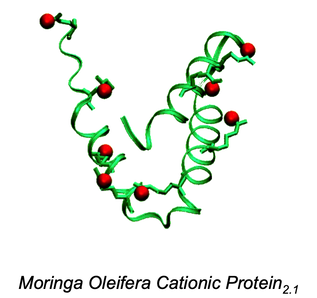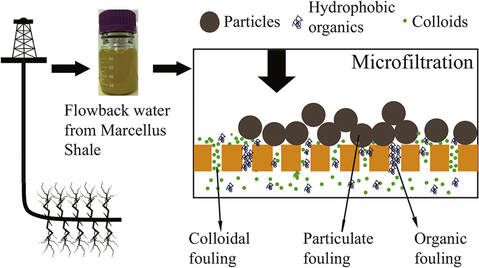Fundamental mechanism of polymer degradation in complex environment
Polymers are ingrained in nearly all materials and chemical processes, from biomedical implants to drug delivery materials, from food packaging to clothing, from electronics to automotive, and revolutionizing and defining the technological boundaries in these industries. Correspondingly, polymeric materials and plastic fragments have become ubiquitous environmental pollutants at a planetary scale, presenting a challenge to both ecosystems and industrial wastewater treatment practices. Without systematic intervention (i.e., the status quo), these problems will escalate with the doubling of plastics production in the coming decade: more polymers will be produced in the next 15 years than the integrated total that have been made since their discovery!
To overcome these challenges, we systematically evaluate the physical and chemical mechanisms of polymer degradation in engineered and natural systems. We will investigate a range of polymer types, including diluted polymer solutions with free polymer chains (e.g., as in the liquids used in hydraulic fracturing) and solid-state polymers with highly restricted chain movement (e.g., as for plastic films and pellets in packaging). The fundamental knowledge, in addition to providing understanding of the environmental fate of polymers, should inform waste management practices, materials circularity, and sustainability design matrix for future generation of polymers.
Reexamining unintended product formation from polymer degradation
Polymer solutions are universally used in food, biomedical and energy industry to deliver multiple functions such as drag reduction and viscosity modification, and are often time considered non-toxic and environmentally benign. Meantime, free polymer chains are susceptible to break under photo-oxidative, chemical, thermal and mechanical stressors during the use phase and waste treatment. The rates and mechanisms of these processes are mostly defined by performance-oriented properties (e.g., viscosity, drag reduction efficiency, carbonyl index) that are unable to predict their fate in the environment. In particular, the molecular composition of the degraded products are poorly defined. We aim to utilize advanced analytical chemistry tools to probe for potential toxic product formation that are unintended, from various mechanisms under simulated environmental conditions.
One example is to screen for products (e.g., acrylamide as neurotoxin) formed from polyacrylamide degradation by both radical induced mechanism, as well as shear induced mechanical mechanism (i.e., mechanochemistry) in deep subsurface during high volume hydraulic fracturing. As this is an industrial process that utilizes polymer at a concentration and quantity orders of magnitude higher than other applications, and with a large wastewater footprint, we hope the result can inform use, management, and treatment that protect human and ecological health.
Redefining the ultimate fate of plastic in nature
Current life cycle of plastic follows the unsustainable take-make-waste linear model, with 60% of all produced plastic material ending up in the unrecycled waste stream, including landfill, composting, and largely in soil and aquatic systems by accident. While plastic is considered undegradable and lasts millions of years, the ubiquitous occurrence of plastic fragments and particles released from weathered plastic puts this statement into question. One of the critical knowledge gap is the fundamental relationship between photochemical and biological reactivity of different polymer chemistries and their fragmentation kinetics and behavior under mechanical forces in environmental fluids. We aim to fill this gap by combined environmental chemistry and mesoscopic material characterization tools to predict the the ultimate fate of plastic in nature.
Reinventing antimicrobials: Host defense peptide embedded materials
Innovating novel antimicrobial materials is critical for building future sustainable infrastructures, as reflected by the spread of antibiotic resistance genes, limited access to safe water, and ubiquitous biofouling of surfaces. Host defense antimicrobial peptides (AMPs) carry cationic and amphiphilic features, enabling vigorous cell membrane disruption via electrostatic and hydrophobic interactions, while exerting nearly no toxicity towards mammalian cells due to their neutral membrane charge. More importantly, the synthesis routes of these biomacromolecules enable precise sequence editing using either solid phase synthesis or genetic coding approach, allowing highly tunable material engineering compared to synthetic polymers. We aim to establish an AMP-based library of membranes, suspensions and surface coatings for efficient pathogen control with low environmental impact. Specific design targets are: 1) high disinfection rates, 2) broad-spectrum of antibacterial activity or specific target of challenging pathogens, 3) protein function stability, 4) compatibility to current infrastructure (e.g., easily adapted for modern membrane technologies).
Membrane transport and fouling in environmental applications
Membrane technology presents a versatile platform for environmental applications including water purification, waste valorization, and resource recovery. Transport behavior and fouling are critical processes that dictate the separation selectivity and water productivity. In this area, we have previously elucidated how complex organic composition of environmental fluids, such as high salinity brine from hydraulic fracturing, influence the fouling behavior of microporous membranes, and how tuning solution composition and operational parameters can uniquely position nanofiltration membrane to achieve high recovery of value added acids from agricultural digestate of lignocellulosic wastes. Beyond this work, we are exploring a better understanding of membrane transport and fouling to improve the efficiency of resource recovery and contaminant removal in water reuse.



